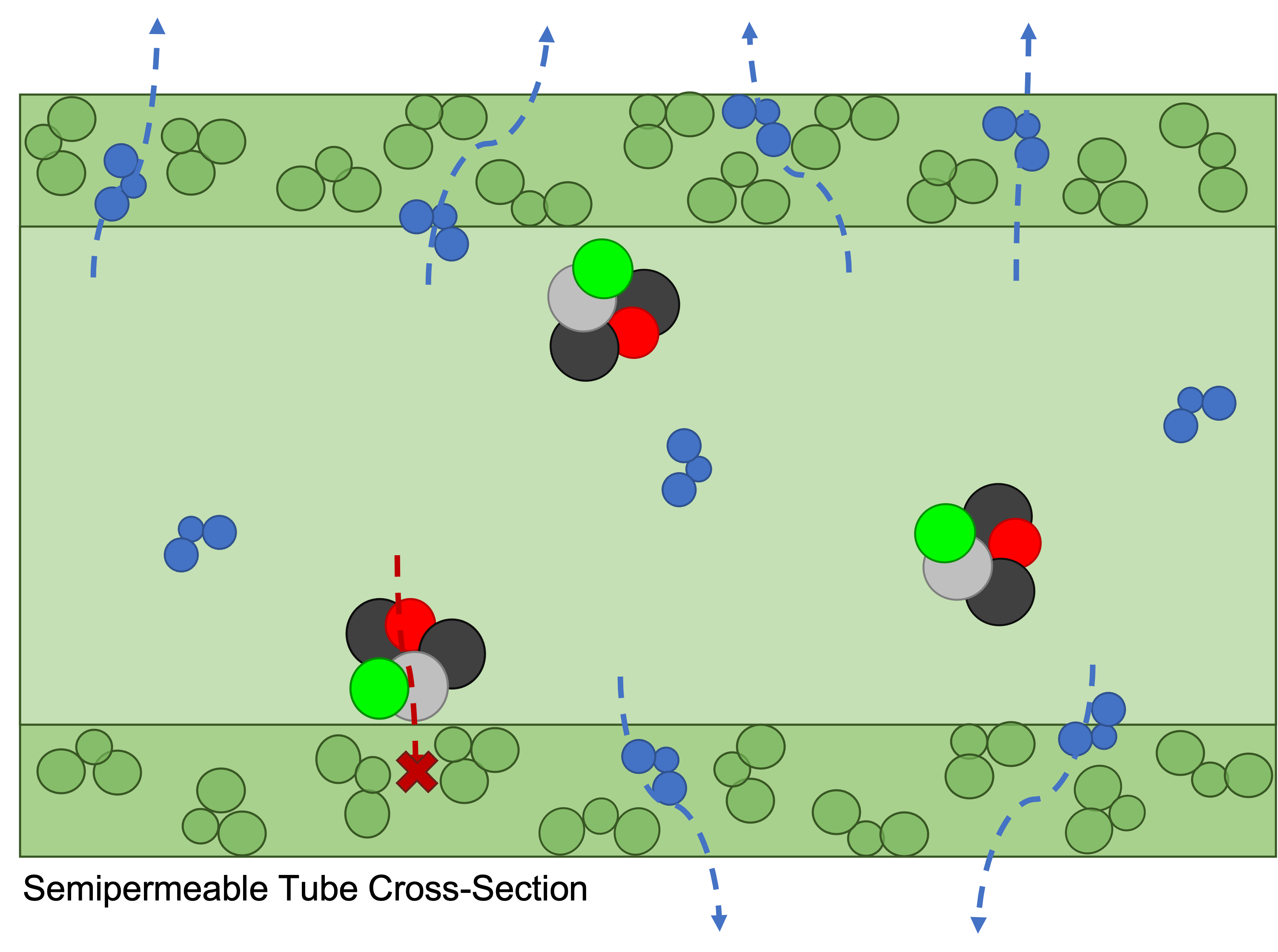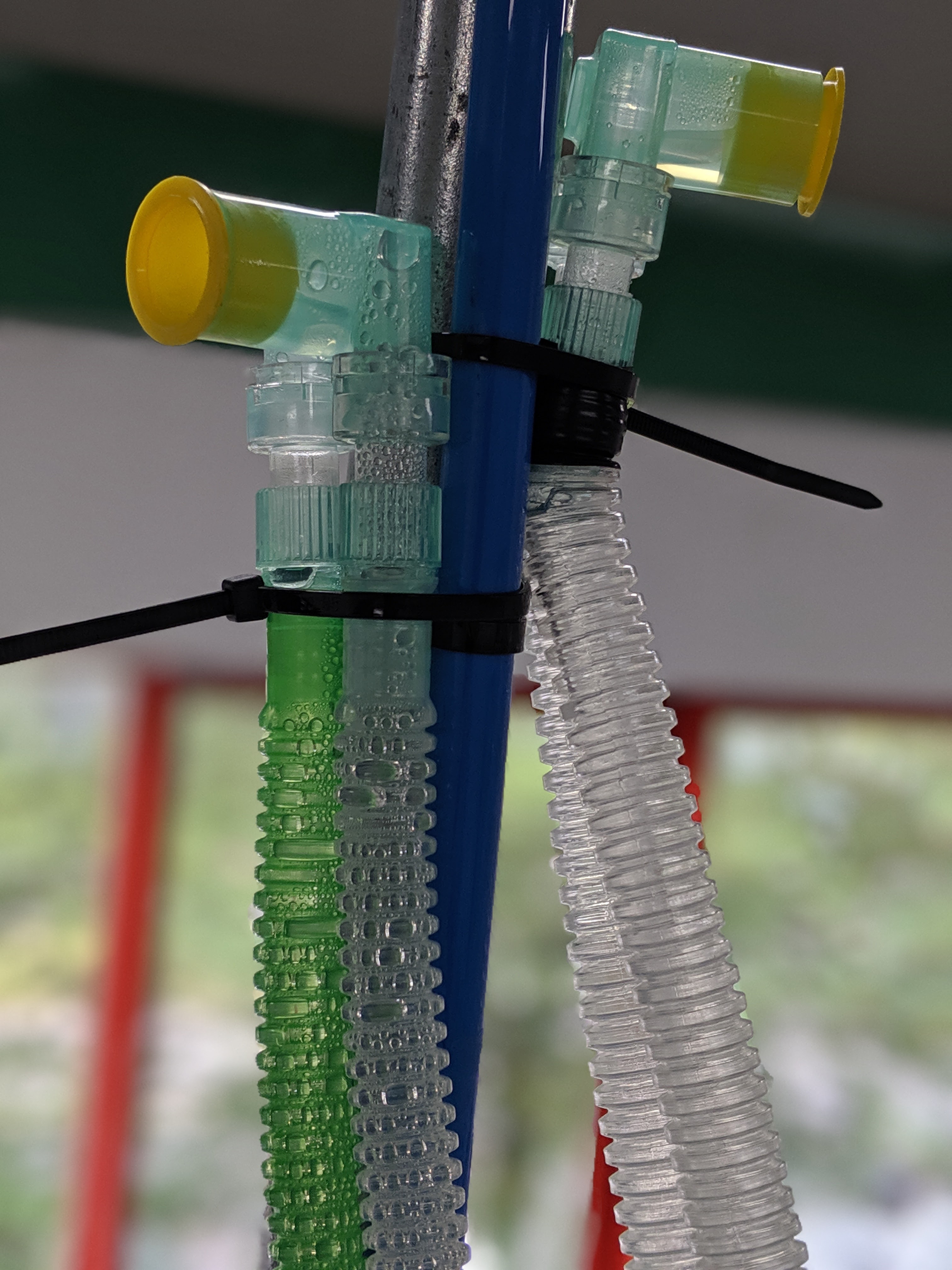Breathing Circuits for Active Humidification are plagued by one major issue, condensation. As the patient’s warm humid air supply travels down the breathing tubes towards their lungs it condensates on the tube’s cold outer walls, this water collects and if left unattended eventually blocks the patient’s air supply entirely.
The condensation issue is most pronounced with intensive care treatment of premature babies. Unlike adults, you cannot risk an actively heated breathing tube resting on a baby’s skin, its delicate and heat-sensitive nature means that nothing ‘hot’ is permitted within the incubator so neonatal circuits have a 30cm unheated extension tube. Sadly, this presents a worst-case scenario for condensation which, at the time of writing, has no good solution.
.png)
In my previous article ‘The Current State of Humidified Air Delivery’ I went in-depth into why this issue is so pervasive across the industry and introduced how manufacturers have sought improvement in the past. In this article, I want to explore the contributions that I made to help solve this problem.
During my time working in the medical field I led the development of a variety of projects, producing designs and prototypes for double-walled tubes, foamy tubes, insulated tubes, with few making it through to trial manufacturing runs, but one design showed real promise, semipermeable tubes.

Tubes made of semipermeable material work like a kitchen sieve, but on a molecular level. They retain large molecules such as air and bacteria whilst allowing water to pass through. Any condensation that forms passes slowly through the wall of the breathing tube to the outer edge and evaporates away.
I wasn’t the first person to think of using permeable breathing tubes for this application, F&P have had a similar set of tubes in the market for a long time under a sturdy patent, however, that expires this year (2021) and their tubes have two distinct disadvantages, they are overpriced, and they are opaque. Nurses heavily favour clear tubes that make visual checks simple, so combine this with a cheaper price and these new tubes stand a good chance of being a real competitor.
As for performance, this picture shows two industry-standard active humidification breathing circuits, both of which have been running for 24hours hooked up to a Humidifier. The only difference, on one circuit I have substituted the 30cm extension with prototype semipermeable tubes. Just the extension. The difference is astounding! The standard circuit is covered in condensation whilst the semipermeable circuit is bone dry. Just 60cm of this new semipermeable material in the worst offending area was enough to stop condensation build-up entirely.

When I handed the project over, the designs for the new connectors and additional features were close to being finalised and work had begun to optimise the manufacturing process for high volume production. With the F&P patent now expired I am eagerly awaiting the release in Q4 2021 / Q1 2022. I cannot wait to see the final result and how the hard work of many individuals has paid off.
Update
They have been released!
Intersurgical Dri-Therm Dual Heated Wire Breathing System
